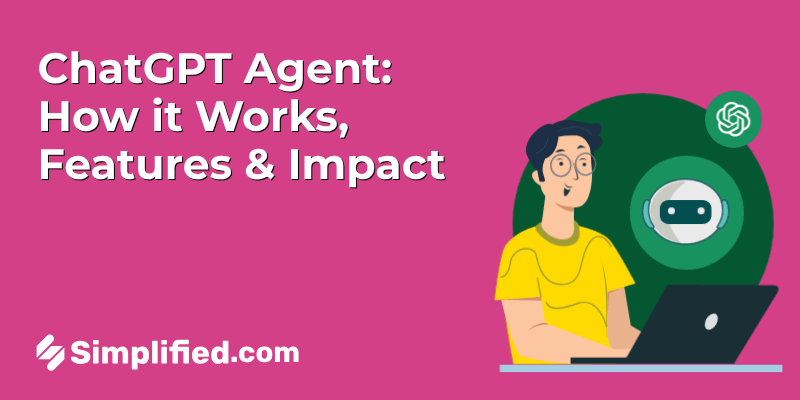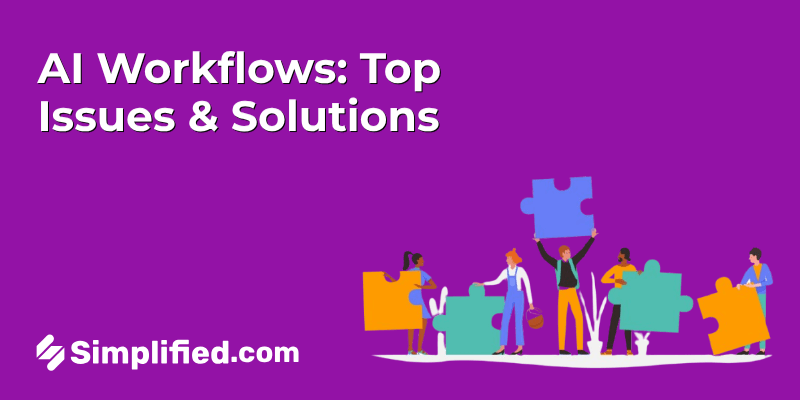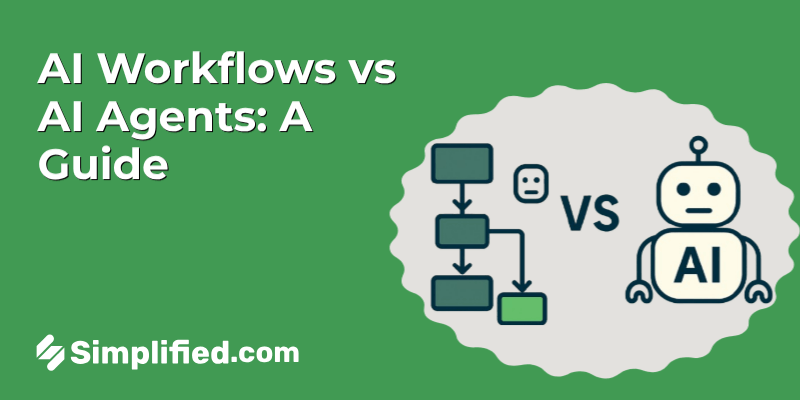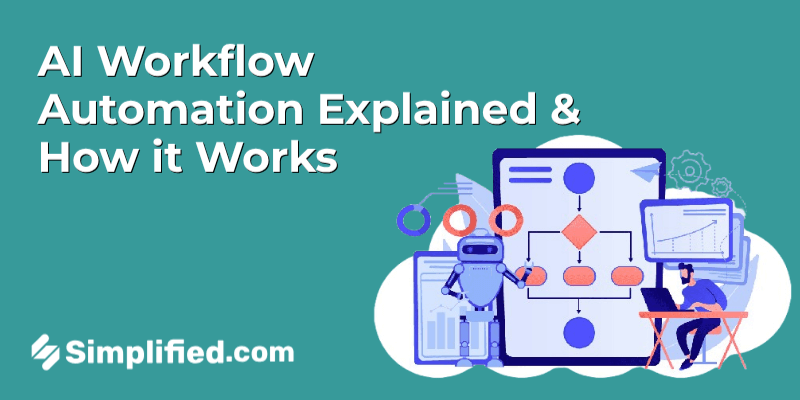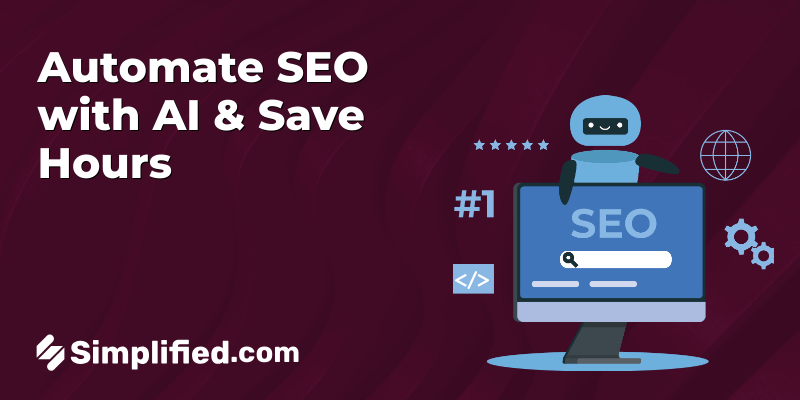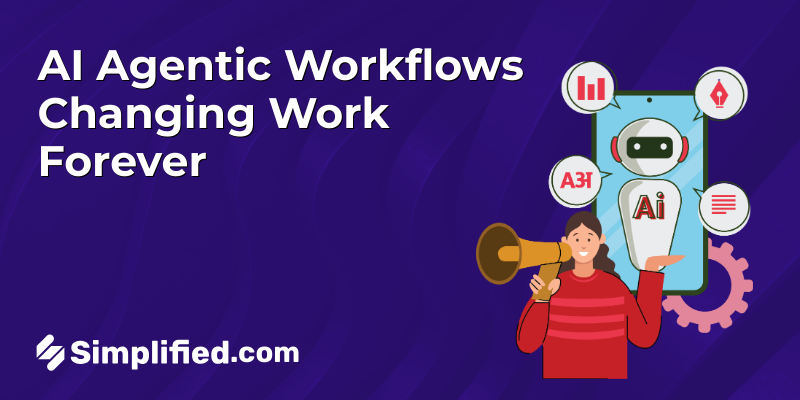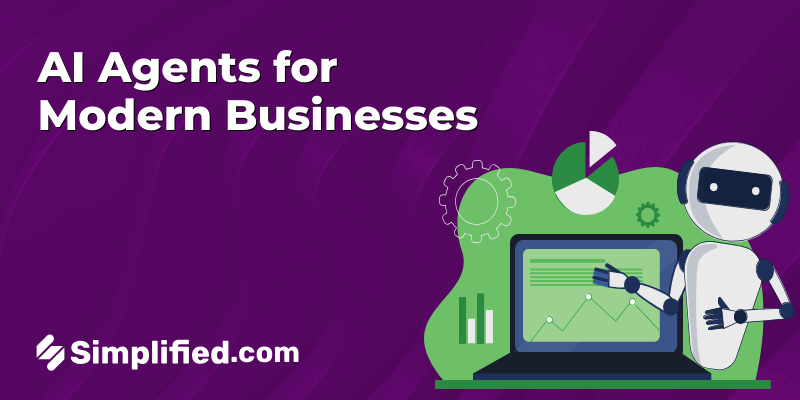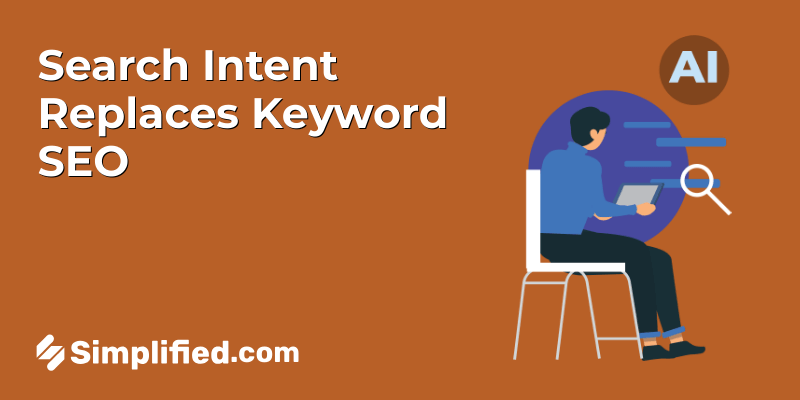
For years, SEO has revolved around keyword optimization. Businesses stuffed pages with exact-match keywords, hoping to rank higher. But times have changed. Google’s AI-driven algorithms no longer prioritize simple keyword matches. Instead, they focus on understanding search intent.
This shift has sparked debate: Is SEO dead? Some claim that SEO is not working as it used to, but the truth is, SEO is evolving. If you’re wondering does SEO really work today, the answer is yes—but only if you adapt to the new search landscape.
Does SEO Really Work in 2025?
Given the rapid changes, many wonder: Does SEO really work anymore? The answer is yes—but not in the way it used to. Here’s why SEO is still effective:
- Content relevance matters more than keyword density: Instead of forcing keywords like outdated marketing strategies are fading, focus on creating high-quality content that genuinely answers search queries.
- User experience impacts rankings: Google considers factors like site speed, mobile usability, and content engagement.
- Search engines prioritize expertise and trustworthiness: Well-researched, authoritative content ranks higher than keyword-stuffed pages.
SEO is evolving, not disappearing. The key is understanding how search engines interpret new SEO strategies and adapting accordingly.
Beyond Keyword-Based SEO: Why Search Intent SEO Matters More Than Ever
As search engines become more sophisticated, traditional keyword-focused strategies are no longer enough. Understanding user intent is now the key to creating content that ranks well and provides real value. This shift from keyword-based SEO to search intent SEO is reshaping how businesses approach digital marketing.
Why Keyword-Based SEO is Becoming Obsolete
As we navigate the dynamic landscape of digital marketing, it’s becoming clear that traditional keyword-based SEO is losing its relevance. There are several key factors contributing to this shift, including changes in search engine algorithms, the limitations of keyword-centric strategies, and evolving user search behavior.
Changes in Search Engine Algorithms
Search engines like Google are constantly updating their algorithms to provide more accurate and relevant results. These updates, such as Google’s BERT and RankBrain, prioritize understanding the context and intent behind user queries rather than just matching individual keywords. This means that content must be comprehensive and contextually aligned with what users are genuinely seeking, making repetitive keyword stuffing a thing of the past.
Bonus: The Rise of AI Overviews: What It Means For SEO Agencies
Limitations of Keyword-Based Strategies
Keyword-based strategies often focus narrowly on specific phrases, which can lead to content that feels forced and lacks depth. As a result, this content may struggle to rank highly in search results because it does not address the full scope of user intent. Furthermore, overemphasis on keywords can lead to poor user experiences as content may not flow naturally.
Additionally, with more sophisticated AI and natural language processing (NLP) technologies, search engines are better equipped to understand and reward high-quality, relevant content rather than keyword density.
Shift in User Search Behavior
Users are becoming more conversational and specific with their searches, often posing questions and looking for more detailed answers. This shift requires content creators to focus on the overall search intent behind queries rather than specific keywords. For example, users are no longer just searching for “SEO tips” but might ask “How to improve my SEO strategy for better website rankings?” Content that addresses these nuanced and complex queries will perform better in search results.
Bonus: How AI is Automating SEO & Saving Agencies Hours of Work
What is Search intent
To grasp the full picture of modern SEO, it’s crucial to understand the concept of search intent. Search intent refers to the underlying reason why a user conducts a particular search. Recognizing search intent can significantly enhance the effectiveness of your SEO strategy and improve user satisfaction on your site.
Definition and Types of Search Intent
Search intent can be broadly classified into four types:
- Informational Intent: Users are looking for information or answers to specific questions. For example, “What is search intent?” or “How does SEO work?”
- Navigational Intent: Users aim to find a specific website or page. Examples include “Facebook login” or “Simplified website.”
- Transactional Intent: Users intend to make a purchase or complete a transaction. Searches might include “buy sneakers online” or “subscribe to a newsletter.”
- Commercial Investigation: Users research products or services and want to compare options before making a decision. Examples are “best smartphones 2025” or “SEO service reviews.”
Importance of Aligning Content with Search Intent
Aligning your content with search intent is crucial for several reasons:
- Higher Engagement: Content that matches user intent is more likely to engage readers, reducing bounce rates and increasing on-page time.
- Improved Rankings: Search engines, such as Google, aim to provide the most relevant results to users. Content that correctly addresses search intent is more likely to rank higher in search results.
- Better User Experience: Satisfying user queries effectively enhances their experience, fostering trust and loyalty toward your brand.
SEO has evolved from focusing purely on keywords to understanding search intent—what users are actually looking for when they type in a query. Here’s how they differ:
Examples of Keyword-Based SEO vs. Search Intent-Based SEO
Example 1: A Blog on Running Shoes
✅ Keyword-Based SEO Approach (Old Strategy)
- Title: Best Running Shoes for Men
- Content: Lists different running shoes while repeatedly using best running shoes for men in the article.
- Issue: Lacks depth and doesn’t fully answer different user queries.
✅ Search Intent-Based SEO Approach (Modern Strategy)
- Title: How to Choose the Best Running Shoes for Your Needs
- Content: Answers different user intents—what to look for in a shoe, best for long-distance running, cushioned vs. lightweight shoes, etc.
- Why It Works: It provides value and addresses the real intent behind the search.
Example 2: A Local Business Website
✅ Keyword-Based SEO Approach
- A dentist’s website uses the phrase best dentist in New York multiple times on a page without context.
✅ Search Intent-Based SEO Approach
- Instead of repeating best dentist in New York, the website has:
- A section on “How to Choose a Dentist in NYC”
- A blog post about “What to Expect During Your First Visit”
- Testimonials and real patient experiences
- Why It Works: Google sees this as a valuable resource that matches what searchers want.
Bonus: How AI SEO Content Generators Improve Your Content Strategy
Benefits of Focusing on Search Intent
In the evolving landscape of SEO, focusing on search intent rather than merely targeting keywords can provide significant advantages for your digital presence. This shift brings several key benefits that can enhance your overall strategy. Here’s a closer look at these benefits:
Improved User Engagement
By understanding and targeting search intent, you can create content that directly addresses the needs and queries of your audience. When users find exactly what they’re looking for on your site, they are more likely to engage with your content, explore other pages, and spend more time on your website. This increased interaction can lead to stronger brand loyalty and a higher likelihood of users returning to your site.
Better Content Relevance
Creating content based on search intent ensures that the material you produce is highly relevant to your audience. Instead of relying on keywords alone, which can be ambiguous or overly broad, you focus on delivering valuable information that matches the user’s intent. This results in higher quality content that is more likely to satisfy users and meet the standards set by search engines, thereby improving your organic search rankings.
Higher Conversion Rates
Targeting search intent goes beyond increasing traffic; it also improves the quality of leads and the likelihood of conversions. By aligning your content with the specific needs and intents of users, you attract individuals who are more likely to be interested in your products or services. This alignment leads to a higher probability of conversions, whether it’s through product purchases, sign-ups, or other desired actions.
Overall, focusing on search intent is crucial in the current SEO landscape where user experience and satisfaction are paramount. It is important to gear up for this strategic shift as the SEO industry evolves to meet changing user behaviors and expectations.
Bonus: Programmatic SEO: What It Is and How to do It Successfully
Search Intent SEO: How to Align Content with What Users Really Want
As the landscape of SEO evolves, the focus has shifted from traditional keyword-based approaches to understanding and optimizing for search intent. This change is driven by the need to deliver more relevant and valuable content to users. Here are three key strategies to help you optimize for search intent:
Conducting Intent-Based Keyword Research
Traditional keyword research focuses on search volume and competition, but intent-based keyword research goes a step further by analyzing the underlying reasons behind a user’s search query. This involves categorizing keywords based on different types of intent, such as informational, navigational, transactional, and commercial. By understanding these intents, you can create content that more accurately aligns with what users are looking for.
To conduct intent-based keyword research, consider using tools like Google’s Keyword Planner, Ahrefs, or SEMrush. Look for patterns in search queries and determine the intent behind popular keywords. This will enable you to target keywords that align with the intent of your audience, improving your content’s relevance and effectiveness.
Creating Content That Matches User Intent
Once you have identified the intent behind your target keywords, the next step is to create content that precisely matches that intent. This involves producing content that fulfills the user’s needs and answers their queries comprehensively. Here are some tips:
- Informational Intent: Create detailed and informative blog posts, guides, and tutorials that answer common questions and provide valuable insights.
- Navigational Intent: Ensure your website’s structure and navigation are intuitive, making it easy for users to find the specific information or pages they are looking for.
- Transactional Intent: Optimize product pages with clear calls-to-action, reviews, and detailed descriptions to encourage purchases.
- Commercial Intent: Provide comparison articles, customer testimonials, and in-depth reviews to assist users in making informed purchasing decisions.
Bonus: Top Programmatic SEO Tools to Drive Website Traffic
Analyzing and Refining Content Performance
After publishing content, it’s essential to analyze its performance to ensure it meets the intended search intent. Use tools like Google Analytics and Search Console to track metrics such as organic traffic, bounce rates, and user engagement. These insights can help you understand how well your content is resonating with your audience.
If you notice that certain content isn’t performing as expected, consider refining it. This might involve updating outdated information, enhancing the content structure, or adding new sections to address additional user queries. Continuous refinement ensures your content remains relevant and effective in meeting search intent.
Impact on Traffic and ROI
The shift from keyword-based SEO to search intent optimization has proven to have considerable benefits in terms of website traffic and return on investment (ROI). Companies that prioritize search intent are seeing meaningful results:
- Enhanced Traffic Quality: By aligning content with user intent, businesses experience more relevant and high-quality traffic, leading to better engagement rates and longer session durations. This not only improves search engine rankings but also enhances user satisfaction.
- Higher Conversion Rates: Content designed to meet user intent directly addresses the needs and pain points of potential customers, leading to higher conversion rates. Users are more likely to take desired actions, such as signing up for newsletters, downloading resources, or making purchases.
- Improved ROI: Investing in intent-based SEO maximizes the return on content marketing efforts. By driving targeted traffic that converts, businesses can achieve better ROI with their digital marketing budgets.
So the transition from traditional keyword-based SEO to search intent optimization is far more than a trend; it’s a paradigm shift in digital marketing. Businesses that embrace this approach are rewarded with increased traffic, improved user engagement, and higher ROI.
Final Thoughts on the Future of SEO
Is SEO dead? No—but keyword-based SEO is. The focus has shifted to search intent—understanding what users need and delivering relevant content. If your SEO efforts aren’t working, it’s time to reassess. Instead of chasing rankings, create content that directly addresses user intent.
SEO now revolves around relevance, experience, and trust. Businesses that adapt to these changes can maintain strong visibility without outdated tactics.
To stay competitive, businesses must:
- Prioritize user experience (UX) with clear navigation and fast-loading pages.
- Create high-quality content that directly aligns with search intent.
- Optimize for mobile users to ensure accessibility across devices.
- Use data analytics to track user behavior and refine content strategies.
- Stay informed about algorithm updates and industry trends.
By focusing on user intent and adapting strategies accordingly, businesses can build a sustainable SEO approach that continues to drive meaningful results.

